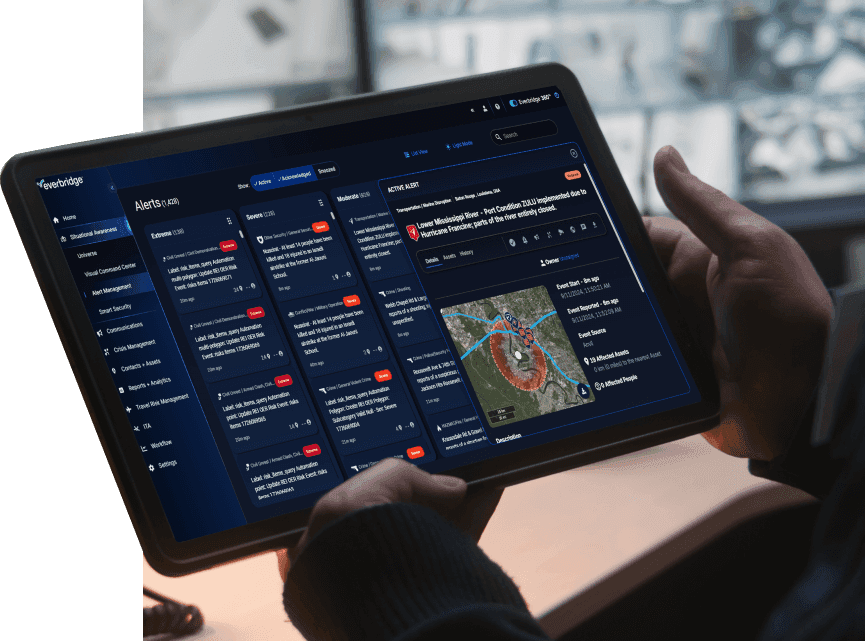During an active shooter incident, panic is inevitable. In a recent webinar, Steven Crimando discussed the issue of panic during this type of workplace violence incident, and how it is highly likely. Additionally, panicked individuals tend to only think of their own needs and survival. This is critical for your organization to understand when putting together active shooter preparedness plans.
Rapidly Deployable Emergency Notifications
During and after an active shooter incident, rapidly deployable communications is critical in helping quell panic. These incidents evolve quickly and time is of the essence, so your organization needs to get communications out quickly to make sure employees understand what to do. For this reason, predefined message templates should be included in your active shooter preparedness plans. This helps eliminate any confusing messages that would increase panic. Crimando noted that research shows that people do not panic when given clear informative warnings, which is why the authorities (DHS, FBI, etc.) recommend using plain language, and not code words, when communicating about an active shooter incident.
Using a checklist
With the potential for panic, active shooter preparedness plans should include a “checklist” intended to be a prompt to remind leaders of important action items. Crimando says this checklist is not intended to be a punch list so it isn’t necessary to work though in sequential order. The priority of leaders should be to manage the crisis, not complete the checklist, but when able, using the checklist for guidance can be essential to ensure critical tasks are addressed.
To learn more, please watch our webinar titled “Active Shooter Consequence Management.”

